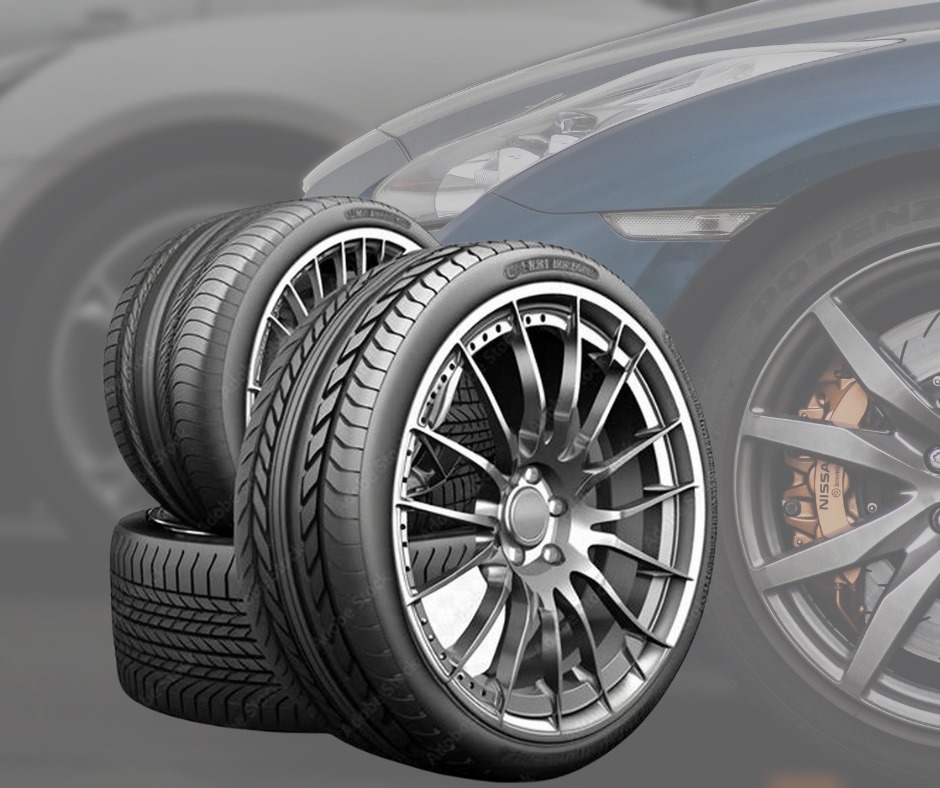Should New Tires Go on the Front or Back?

Discover the key factors in choosing whether new tires should be placed on the front or back of your vehicle to ensure safety and optimal performance.
Why Tire Placement Matters
Tire placement is crucial for vehicle safety and performance. The position of new tires can affect handling, braking, and overall stability, particularly in adverse weather conditions. Understanding the impact of tire placement can help ensure that your vehicle operates safely and efficiently.
When tires are unevenly worn, it can lead to unpredictable vehicle behavior, especially during emergency maneuvers. Proper tire placement helps maintain a balanced grip on the road, reducing the risk of accidents and improving driving comfort.
The Case for New Tires on the Front
Some drivers argue that new tires should be placed on the front axle, especially in front-wheel-drive vehicles. The reasoning is that the front tires handle a significant portion of the braking and steering forces, making it essential for them to have maximum tread depth.
New front tires can improve traction and handling, particularly in wet conditions, and may provide better control when turning or stopping. This placement can also potentially extend the life of the rear tires, as the front tires wear out more quickly due to their greater workload.
The Case for New Tires on the Back
Contrarily, many tire experts and manufacturers recommend placing new tires on the rear axle, regardless of whether the vehicle is front or rear-wheel drive. The primary reason is to ensure better stability and reduce the risk of oversteer, which can lead to loss of control, especially on slippery surfaces.
New tires on the back help maintain consistent traction and prevent the rear of the vehicle from spinning out during sudden maneuvers. This placement is particularly beneficial in rainy or snowy conditions, where maintaining rear-end stability is crucial for safe driving.
Expert Recommendations and Industry Standards
Most tire manufacturers and safety organizations, including the Tire Industry Association (TIA) and major tire brands like Michelin and Goodyear, advocate for placing new tires on the rear axle. This recommendation is based on extensive testing and real-world driving scenarios that highlight the importance of rear stability.
Experts argue that even in front-wheel-drive vehicles, the rear tires play a vital role in maintaining overall vehicle stability. Therefore, placing new tires on the rear can help mitigate risks associated with oversteer and improve safety in various driving conditions.
Tips for Maintaining Tire Health
Regular tire rotation, alignment, and balancing are essential practices for maintaining tire health and ensuring even wear. Check tire pressure monthly and adjust according to the manufacturer's specifications to promote optimal performance and longevity.
Inspect your tires for signs of damage or irregular wear, and replace them when the tread depth reaches 2/32 of an inch. Maintaining a consistent inspection routine will help you identify potential issues early and address them before they compromise your vehicle's safety and performance.

 Loading..
Loading..